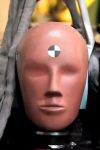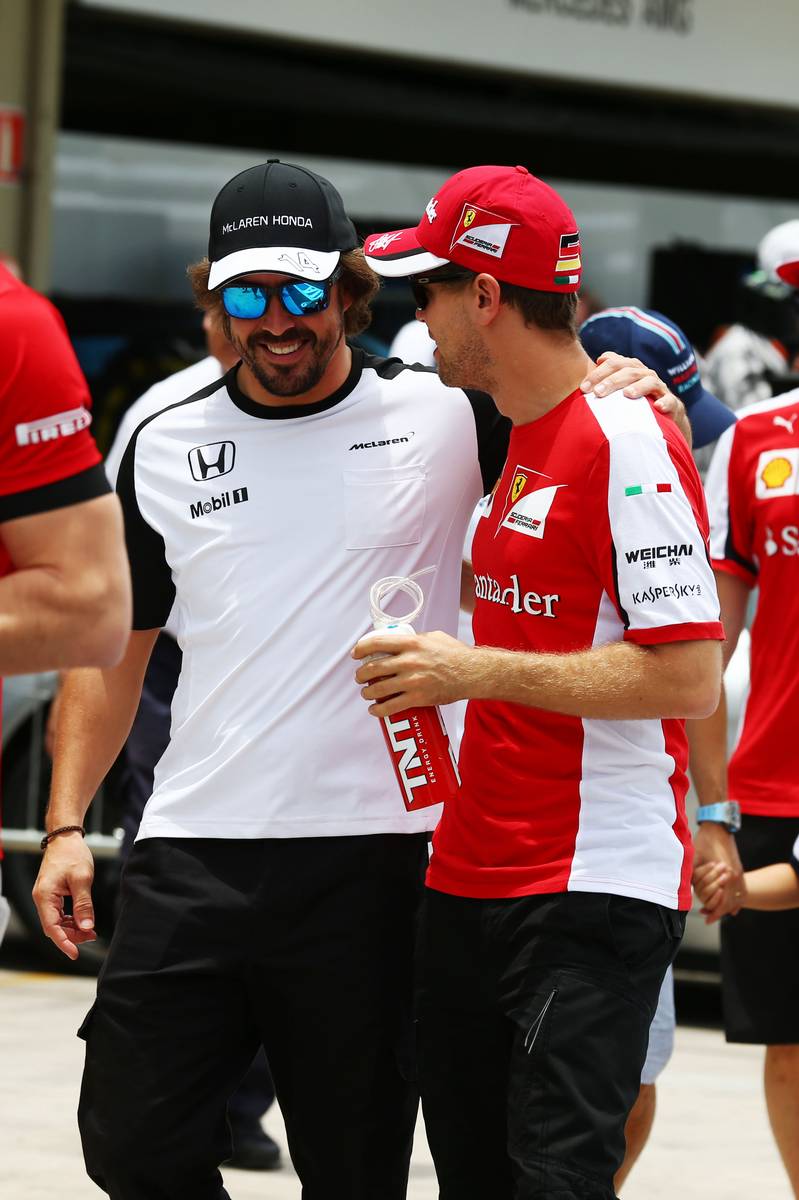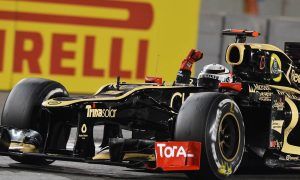#2 REASON FOR CONCERN: 2017-SPEC CARS COULD ACTUALLY BE EASIER TO DRIVE
The extra grip offered by Pirelli’s 25% wider tyres combined with higher downforce levels will result in an increase in cornering speeds. Therefore, the drivers have stepped up their preparations, especially in terms of neck training, over the winter in order to cope with stronger centrifugal forces (up to an extra 1g according to some figures). That said, do higher fitness demands equate to more skills required at the wheel?
“I wouldn't directly say it's more ballsy, because you have much more grip and that can make it easier,” Red Bull rising star Max Verstappen told Motorsport.com last year. “Sometimes with the cars now, they are like really on the edge in some high speeds corners that are just not flat.
“[In 2017] they will be eyes closed flat. So that is not balls out any more, because you just have to be physically very strong. So I think, in general, from what I've driven on the simulator, it makes it more easy to drive.”
Others believe the wider Pirelli tyres will negate the impact of the V6 turbocharged engines delivering more torque, so drivers would no longer have to be that careful when using the throttle.
When there is less grip (like in wet-weather conditions), braking periods are longer, mistakes are easier to make, which rewards bold, yet controlled driving.
What’s more, if Pirelli does succeed in supplying low-degradation rubber, then tyre management experts will see one of their strong suits being removed. According to Symonds, then speaking to the official Formula 1 website, it could well lead to “a certain equalisation among the drivers”.
However, other assets, such as aggressiveness, audacity, and peak physical condition, should return to the forefront of the sport, as we shall explain later.







